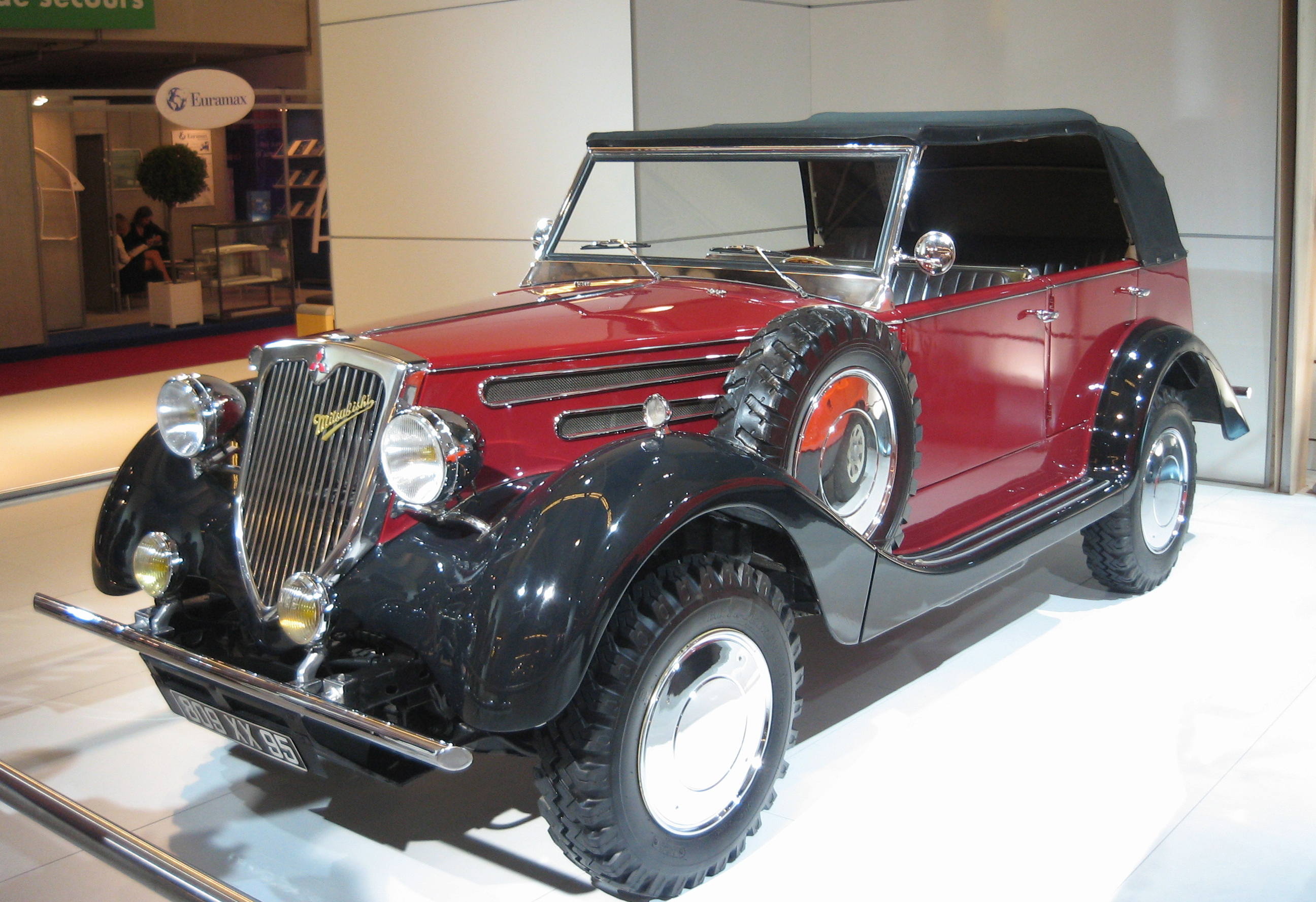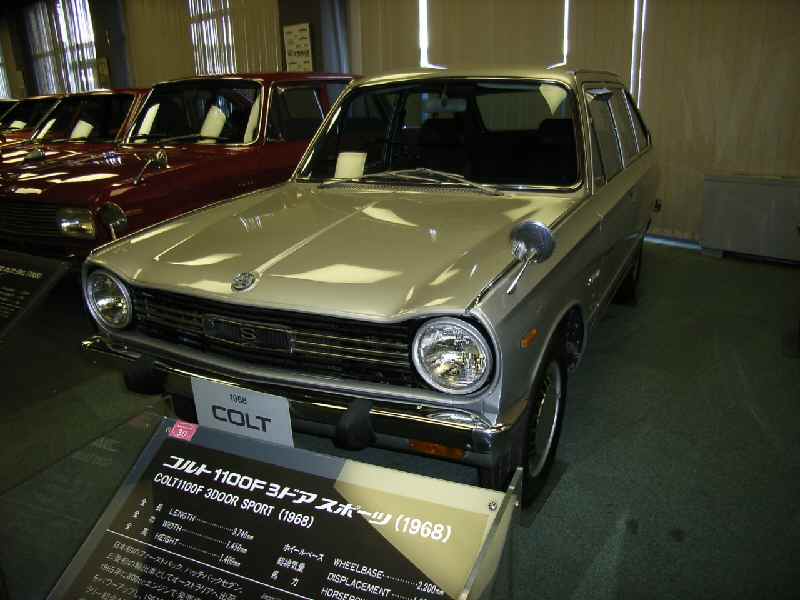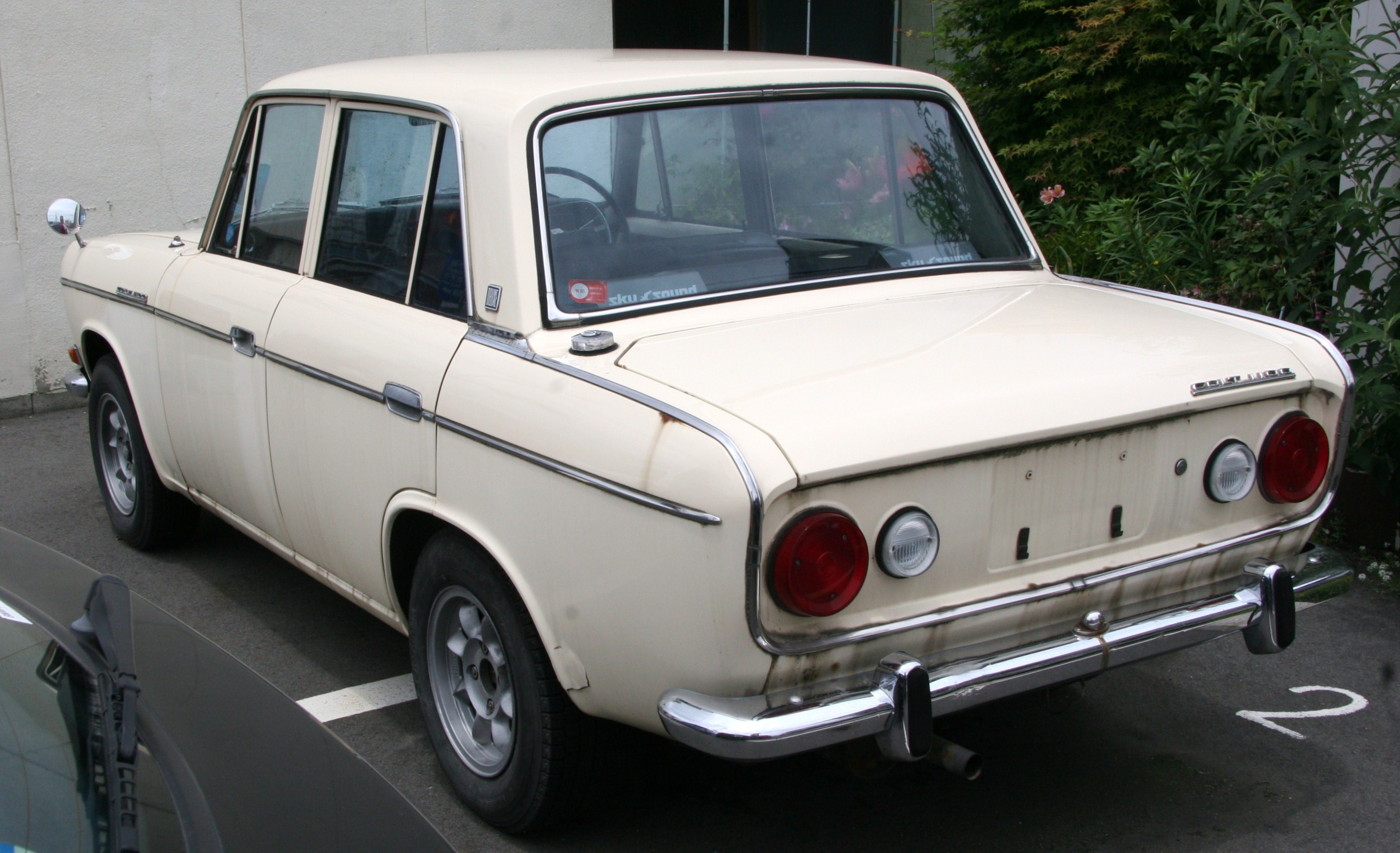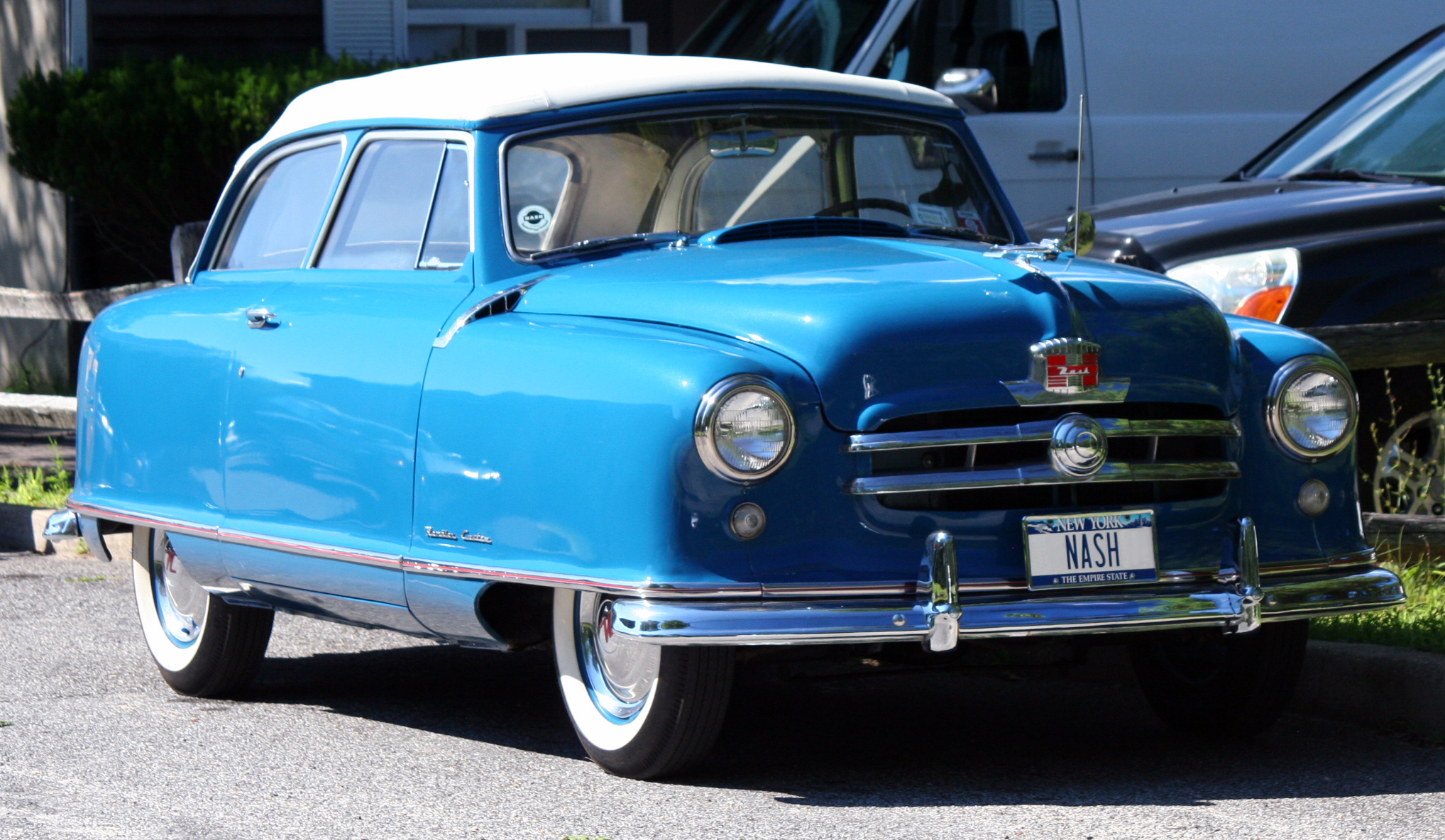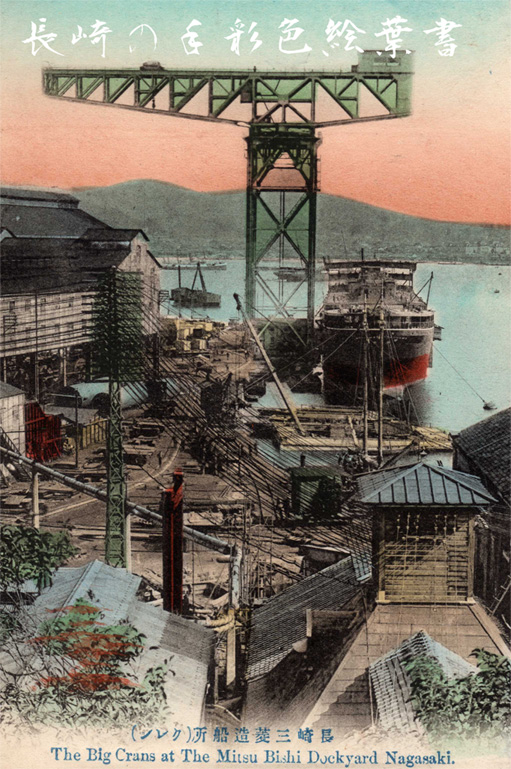|
Mitsubishi Colt
The Mitsubishi Colt is a nameplate from Mitsubishi Motors that has been applied to a number of automobiles since 1962. It was first introduced with a series of Kei car, kei and subcompact cars in the 1960s, and then for the export version of the subcompact Mitsubishi Mirage, Mirage between 1978 and 2002. Chrysler, Mitsubishi's longtime partner, also used the name when applying its long-running practice of rebadging Mitsubishi vehicles as the Dodge Colt, Dodge and Plymouth Colt captive imports for the North American market between 1970 and 1994. The most recent version was a subcompact car model manufactured between 2002 and 2013, sold under the Colt nameplate internationally. Mitsubishi replaced this series in 2013 with a newer generation which reverted to the Mirage name. In addition to these small cars, "Colt" in the Mitsubishi vernacular has been used for unrelated vehicles of various forms as discussed below. The name has also been disaffiliated from Mitsubishi as an indepen ... [...More Info...] [...Related Items...] OR: [Wikipedia] [Google] [Baidu] |
Mitsubishi Motors
is a Japanese Multinational corporation, multinational Automotive industry, automobile manufacturer headquartered in Minato, Tokyo, Japan.Corporate Profile , Mitsubishi Motors website, 19 June 2008 In 2011, Mitsubishi Motors was the sixth-largest Japanese automaker and the 19th-largest worldwide by production. Since October 2016, Mitsubishi has been one-third (34%) owned by Nissan, and included in the Renault–Nissan–Mitsubishi Alliance. Besides being part of the Renault–Nissan–Mitsubishi Alliance, it is also a part of Mitsubishi Group, Mitsubishi ''keiretsu'', formerly the biggest industrial group in Japan. The company was originally formed in 1970 from the automotive division of Mitsubishi Heavy Industries. [...More Info...] [...Related Items...] OR: [Wikipedia] [Google] [Baidu] |
Mitsubishi 500
The Mitsubishi 500 was the first passenger car produced after the Second World War by Shin Mitsubishi Heavy-Industries, Ltd, one of the companies which would become Mitsubishi Motors. It was built from 1960 until 1962 and formed the basis for Mitsubishi's next model, the Colt 600. It was exported in small numbers. History First shown at the 1959 Tokyo Motor Show, it became available in 1960 at a cost of ¥390,000. It was powered by a rear mounted, air-cooled 493 cc two-cylinder engine with a single downdraught carburettor producing at 5,000 rpm, driving the rear wheels through a three-speed manual transmission. The body was a monocoque, in order to be light and strong enough to reach the goal of seating four and reaching 100 km/h with such a small engine. Chassis code was A10, later A11. 500 Super DeLuxe Buoyed by its sales success, it was given an enlarged 594 cc engine (NE35A) in August 1961 for improved acceleration and durability. This model was known ... [...More Info...] [...Related Items...] OR: [Wikipedia] [Google] [Baidu] |
Front-wheel Drive
Front-wheel drive (FWD) is a form of internal combustion engine, engine and transmission (mechanics), transmission layout used in motor vehicles, in which the engine drives the front wheels only. Most modern front-wheel-drive vehicles feature a transverse engine, rather than the conventional longitudinal engine arrangement generally found in automobile layout#Rear wheel drive layouts, rear-wheel-drive and four-wheel drive, four-wheel-drive vehicles. Location of engine and transmission By far the most common layout for a front-wheel-drive car is with the engine and transmission at the front of the car, mounted transversely. Other layouts of front-wheel drive that have been occasionally produced are a front-engine mounted longitudinally, a mid-engine layout and a rear-engine layout. History Prior to 1900 Experiments with front-wheel-drive cars date to the early days of the automobile. The world's first self-propelled vehicle, Nicolas-Joseph Cugnot's 1769/1770 Nicola ... [...More Info...] [...Related Items...] OR: [Wikipedia] [Google] [Baidu] |
Mitsubishi Colt 800
The Mitsubishi Colt 800 is the first of a series of passenger cars with a fastback/hatchback design produced by Mitsubishi Motors from November 1965. It was introduced as a two-door fastback sedan, the first such design in the Japanese market. The series was discontinued in 1971, after the introduction of the company's Galant sedan but without a real replacement. Colt 800 The 800 was powered by a three-cylinder two-stroke engine of 843 cc capacity producing . This made it more powerful than the projected competitor, Toyota's 700 cc Publica. Equipped with a four-speed manual gearbox and weighing a scant 750 kg, top speed was . While it may have looked like a hatchback, the 800 was never available with a rear hatch. However, both a coupe utility version ("ute" in Australia, where many of these were sold) and a wagon ("Van" in Japanese parlance) were marketed. The Van was clearly based on the ute, with a horizontally split rear tailgate and workmanlike interior. Mits ... [...More Info...] [...Related Items...] OR: [Wikipedia] [Google] [Baidu] |
Mitsubishi Colt 1200
The Mitsubishi Colt (A20) was one of their first series of passenger cars produced by Shin Mitsubishi Heavy-Industries, Ltd, one of the companies which would become Mitsubishi Motors. Built from 1963 until 1970, they were available in four body styles (2-dr/4-dr sedan, 2-dr van, and 4-dr wagon) and on two different wheelbases, with gradually increasing engine displacements 1000, 1100, 1200, and 1500. After a May 1968 facelift, they were marketed as the "New Colt". Along with the smaller, fastback Colts they formed the mainstay of Mitsubishi's passenger car lineup in the 1960s. With the late 1969 introduction of the new, larger Colt Galant, the outmoded Colt-series soon faded away, eventually replaced by the smaller Mitsubishi Lancer as well. The dimensions were kept small so as to provide Japanese buyers the ability to purchase a car that complied with the Japanese Government compact car dimension regulations and to keep the annual road tax obligation affordable. Colt 1000 (s ... [...More Info...] [...Related Items...] OR: [Wikipedia] [Google] [Baidu] |
Compact Car
Compact car is a vehicle size class—predominantly used in North America—that sits between subcompact cars and mid-size cars. "Small family car" is a British term and a part of the C-segment in the European car classification. However, before the downsizing of the United States car industry in the 1970s and 1980s, larger vehicles with wheelbases up to were considered "compact cars" in the United States. In Japan, small size passenger vehicle is a registration category that sits between kei cars and regular cars, based on overall size and engine displacement limits. United States Current definition The United States Environmental Protection Agency (EPA) ''Fuel Economy Regulations for 1977 and Later Model Year'' (dated July 1996) includes definitions for classes of automobiles. Based on the combined passenger and cargo volume, compact cars are defined as having an ''interior volume index'' of . 1930s to 1950s The beginnings of U.S. production of compact cars were the ... [...More Info...] [...Related Items...] OR: [Wikipedia] [Google] [Baidu] |
Mitsubishi Heavy Industries
is a Japanese Multinational corporation, multinational engineering, electrical equipment and electronics corporation headquartered in Tokyo, Japan. MHI is one of the core companies of the Mitsubishi Group and its automobile division is the predecessor of Mitsubishi Motors. MHI's products include aerospace and Automotive industry, automotive components, Air conditioning, air conditioners, elevators, Forklift, forklift trucks, Hydraulic machinery, hydraulic equipment, Printing, printing machines, missiles, tanks, Electric power system, power systems, ships, aircraft, Rail transport, railway systems, and space launch vehicles. Through its defense-related activities, it is the world's 23rd-largest defense contractor measured by 2011 defense revenues and the largest based in Japan. History In 1857, at the request of the Tokugawa Shogunate, a group of Dutch people, Dutch engineers were invited, including Dutch naval engineer Hendrik Hardes, and began work on the ''Nagasaki Yotetsu ... [...More Info...] [...Related Items...] OR: [Wikipedia] [Google] [Baidu] |
Straight-twin Engine
A straight-twin engine, also known as an inline-twin, vertical-twin, inline-2, or parallel-twin, is a two-cylinder Reciprocating engine, piston engine whose cylinders are arranged in a line along a common crankshaft. Straight-twin engines are primarily used in motorcycles; other uses include automobiles, marine vessels, snowmobiles, personal watercraft, jet skis, all-terrain vehicles, tractors and ultralight aircraft. Various different crankshaft configurations have been used for straight-twin engines, with the most common being 360 degrees, 180 degrees and 270 degrees. Terminology The straight-twin layout is also referred to as "parallel-twin", "vertical-twin" and "inline-twin". Some of these terms originally had specific meanings relating to the crankshaft angle or engine orientation; however, they are often also used interchangeably. In the United Kingdom, the term "parallel-twin" is traditionally used for engines with a crankshaft angle of 360 degrees, since the two pist ... [...More Info...] [...Related Items...] OR: [Wikipedia] [Google] [Baidu] |
Air-cooled
Air-cooled engines rely on the circulation of air directly over heat dissipation fins or hot areas of the engine to cool them in order to keep the engine within operating temperatures. Air-cooled designs are far simpler than their liquid-cooled counterparts, which require a separate radiator, coolant reservoir, piping and pumps. Air-cooled engines are widely seen in applications where weight or simplicity is the primary goal. Their simplicity makes them suited for uses in small applications like chainsaws and lawn mowers, as well as small generators and similar roles. These qualities also make them highly suitable for aviation use, where they are widely used in general aviation aircraft and as auxiliary power units on larger aircraft. Their simplicity, in particular, also makes them common on motorcycles. Introduction Most modern internal combustion engines are cooled by a closed circuit carrying liquid coolant through channels in the engine block and cylinder head. A fluid ... [...More Info...] [...Related Items...] OR: [Wikipedia] [Google] [Baidu] |
